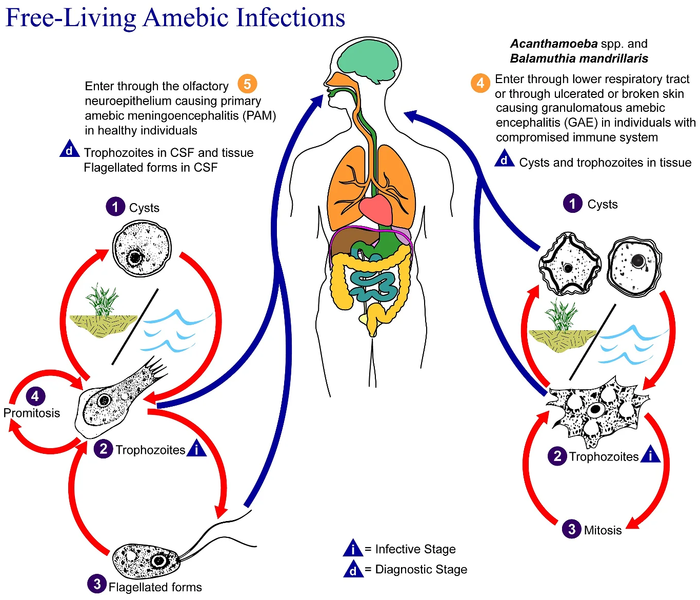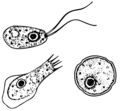Файл:Free-living amebic infections.png
Перейти к навигации
Перейти к поиску

Размер этого предпросмотра: 700 × 600 пкс. Другие разрешения: 280 × 240 пкс | 560 × 480 пкс | 896 × 768 пкс | 1195 × 1024 пкс | 1365 × 1170 пкс.
Исходный файл (1365 × 1170 пкс, размер файла: 715 КБ, MIME-тип: image/png)
История файла
Нажмите на дату/время, чтобы посмотреть файл, который был загружен в тот момент.
| Дата/время | Миниатюра | Размеры | Участник | Примечание | |
|---|---|---|---|---|---|
| текущий | 09:24, 2 февраля 2023 |  | 1365 × 1170 (715 КБ) | Materialscientist | https://answersingenesis.org/biology/microbiology/the-genesis-of-brain-eating-amoeba/ |
| 06:30, 20 июля 2008 |  | 518 × 435 (31 КБ) | Optigan13 | {{Information |Description={{en|This is an illustration of the life cycle of the parasitic agents responsible for causing “free-living” amebic infections. For a complete description of the life cycle of these parasites, select the link below the image |
Использование файла
Нет страниц, использующих этот файл.
Глобальное использование файла
Данный файл используется в следующих вики:
- Использование в de.wikibooks.org
- Использование в en.wiktionary.org
- Использование в fi.wikipedia.org
- Использование в fr.wikipedia.org
- Использование в gl.wikipedia.org
- Использование в hr.wikipedia.org
- Использование в is.wikipedia.org
- Использование в it.wikipedia.org
- Использование в pl.wikipedia.org
- Использование в te.wikipedia.org
- Использование в vi.wikipedia.org
- Использование в www.wikidata.org
- Использование в zh.wikipedia.org



